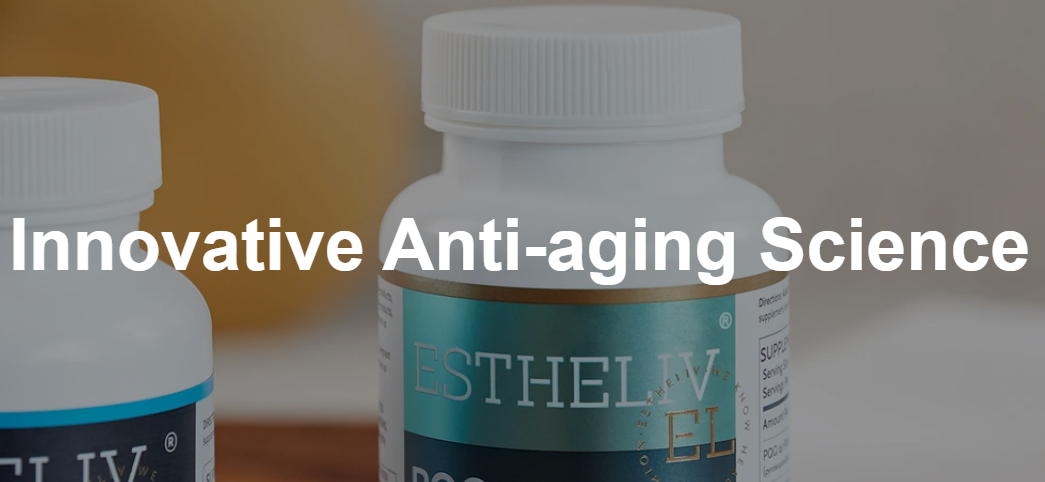Pyrroloquinoline quinone is a redox cofactor that is a potent antioxidant. It is found in the soil and foods. It has a half-life of 90 minutes at pH 2.5.
It is produced by bacteria and is one of the strongest growth factors in plants and animals. It also plays a role in energy-related metabolism. It can be used as a redox-coupling agent and is an accessory factor in mitochondria. It has been found to be especially effective in neutralizing superoxide radicals. It has also been linked to reproductive function in women, and fertility in newborns.
In animals, it is known to enhance the growth of mitochondria. It protects the mitochondria from oxidative damage. It also helps the cells in the body to maintain healthy levels of oxygen. It also provides strong neuroprotection. It can help prevent oxidative damage to the brain after ischemia-reperfusion injury. It has also been found to protect against glutamate-induced cell apoptosis.
The mechanism of action is that PQQ can interact with the NMDA receptor site in the cell. It is believed to be the most recent advance in the study of mitochondrial bioenergetics. It can carry out thousands of electron transfers.
Its antioxidant activity is important in the redox cycle. It can act as a scavenger of hydroxyl and a-tocopheroxyl radicals. Moreover, it can be a strong oxidoreductase. It can catalyze the oxidation of riboflavin and ubiquinone. It can also help the production of ATP. In addition, it can be used to catalyze a number of continuous redox reactions.
